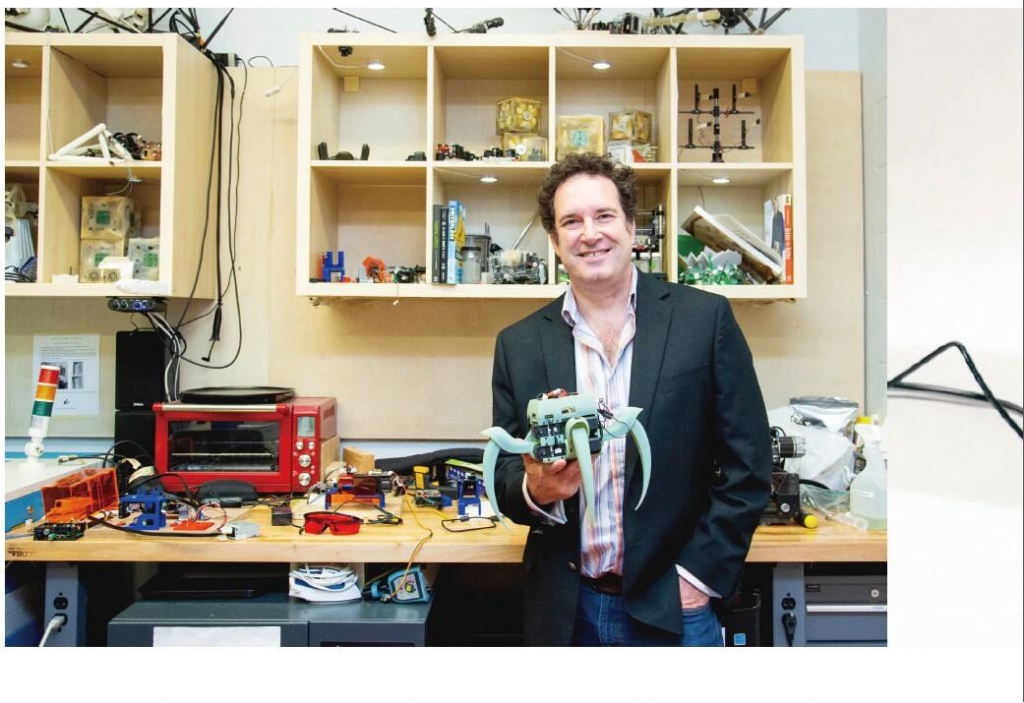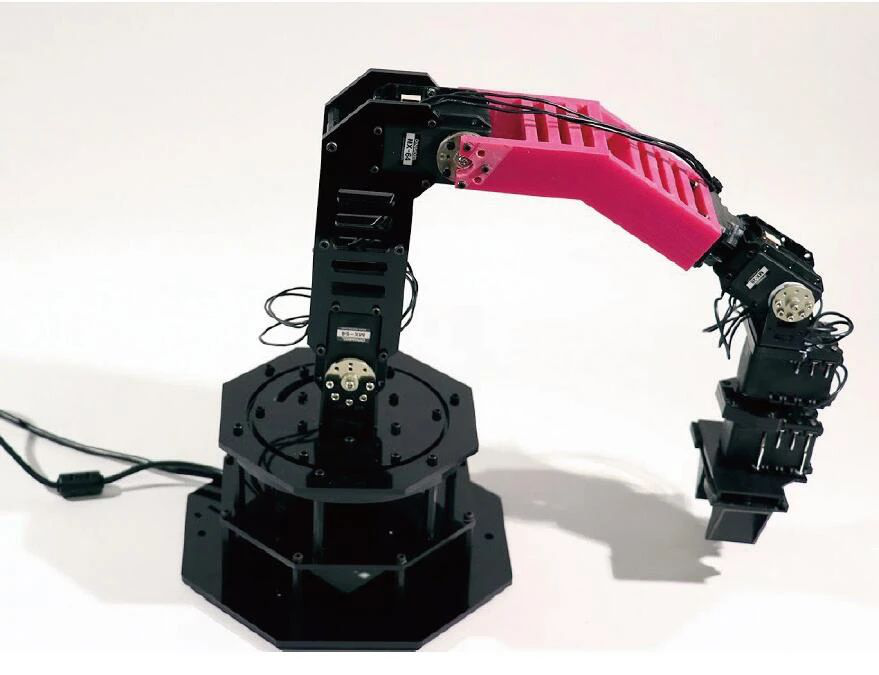
Amazing university laboratory: a laboratory for making amazing robots
Have you ever seen a 3D printer that can print food? Have you ever seen a small plane flying like a bird flapping its wings? Have you ever seen a cellular robot composed of small “cells” like ordinary animals and plants? If you come to the Creative Machine Lab at Columbia University, you can see these amazing robots.
Now the level of robot manufacturing is improving day by day. This article introduces two amazing robots that the laboratory is studying.
Soft robot
There is a type of robot on the screen that enriches our childhood life: they are tall, up to ten meters. Composed of huge steel blocks, they are powerful in combat, and the fighting scenes give people a full visual impact.
What is incredible is that they can become cars, trucks, and even airplanes and tanks! Yes, they are Transformers. However, although Transformers can show many changes, we still find them very bulky.

Hod Lipson, Professor of Mechanical Engineering and Director of the Creative Machine Laboratory, Columbia University
Nowadays, the joints of robots have been made very precise, and their movements are lighter, and some humanoid robots are even equipped with artificial skin. Some angles look exactly like real people!
But no matter what, the robot is still a slightly stiff combination of metal blocks in our eyes. However, there is such a type of robot that will definitely subvert your imagination—this is a soft robot!
Soft robot, highlight a “soft” word. For ordinary mammals, if it has a lot of meat, it will feel relatively soft. We all know that bones and muscles can maintain our body shape and help us move—when you want to do something, your nerve cells will release neurotransmitters, and muscle cells will become excited and stretched or contracted while pulling the bones.
But for a long time, robots were made of “bones”, and there were no artificial muscles. This is because in the past few decades, it has been difficult for us to make artificial muscles that are accurate, provide powerful strength and have a long life.
What is gratifying is that recently experts from the Creative Machine Laboratory of Columbia University have made a major breakthrough in the field of artificial muscles.
Columbia University uses silicone elastomers made from polydimethylsiloxane (PDMS) to make artificial muscles. This artificial muscle shows excellent performance.
In terms of the accuracy of action, it can realize various actions such as pushing, pulling, bending, twisting, etc., and can complete instructions more accurately; in terms of strength, it is not inferior to natural muscles, and its strength is 3 times that of the latter; It is not easy to damage and has a long life.
Some people may ask, how do we control this artificial muscle? Indeed, a robot is not a real person after all, it has no nervous system, and artificial muscles have no cellular structure.
Therefore, the control of artificial muscles is completely different from the control of muscles in animals. In fact, it relies on external currents. Experts at Columbia University use ethanol as a “driver” agent for artificial muscles—tiny ethanol molecules can penetrate into the artificial muscles.
When the alcohol inside the muscles vaporizes, the volume will increase, causing the muscles to swell and become the same relaxing effect as the natural muscles. When the ethanol is liquefied, the volume becomes smaller and the muscles retract to achieve the same contraction effect as natural muscles.
The boiling point of ethanol is 78°C. As long as the temperature of ethanol is controlled by electric current heating, the contraction or relaxation of artificial muscles can be controlled.
Self-aware robot
For a long time, self-aware robots are often the protagonists in science fiction novels or movies. After watching a lot of such movies, we sometimes believe that robots can think about it.
But unfortunately, the development of robots is not as fast as people think. Some intelligent robots that we can buy now—that is, robots that can have ordinary conversations with people, they respond to the words in advance.
Well, it wasn’t the robot that came up with it. Today’s robots have basically no self-awareness—they don’t realize that their feet are feet and hands are hands, and they won’t feel that their body is like a snake, a frog, or something else.

The world’s first self-aware robot—an articulated robotic arm
It is far from the day when a robot capable of complex thinking is made! But what is gratifying is that after years of practice, humans finally took the first step in shaping the self-consciousness of robots!
In early 2019, experts from the Creative Machine Laboratory of Columbia University successfully produced the world’s first self-aware robot—an articulated robotic arm.
This robot is simple because it is just an arm, and at the same time it is complicated because it “has a brain.” Why does it have a “brain”? Because it has the ability to learn independently—after countless failed grasps, the robot will have a clear understanding of the location of the object and record it when it grasps the object.
If the object is placed in a certain pattern—for example, at a certain distance, after it grabs a certain number of times, it will slowly grasp the law, and then jump at a certain distance to grab the object.
This is what It is the process of learning. Of course, not just grabbing objects, this arm robot can also do other tasks. Regardless of the job, it can accumulate experience at work and optimize its behavior.
Sounds great! Why can this arm be “brained”? It turns out that this robot has a self-modeling function! Modeling is to build a model, and a model is a mechanism for understanding external things.
Therefore, unlike other robots that are completely run by a set program, this robot can set the program to be run based on experience. This is the same as our human brain planning for things to be done in the future. It is really incredible!
Comments